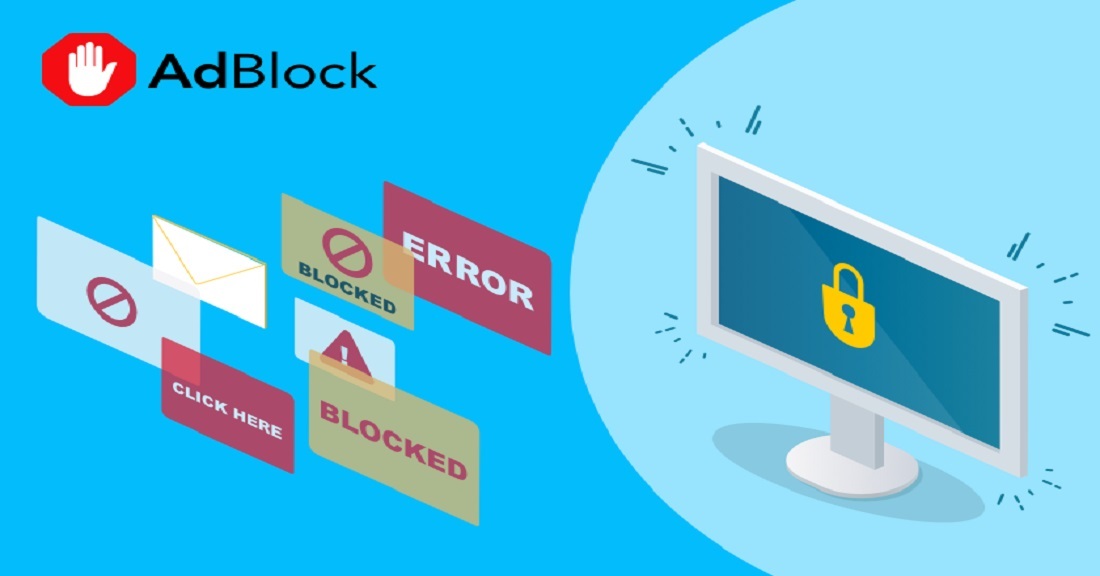- June 6, 2022
- No Comment
- 209
Best Way to Block Pop-ads on Computer

Pop-up advertising, those pesky tiny windows that “pop up” while browsing the internet and interfere with your entire online experience, is all too familiar to anybody who uses the internet these days. If you don’t want to be bothered by them or have to wait for them to load, they’re not the best option.
Malicious websites employ pop-ups to entice you away from reputable resources, so you see them. Your computer might get infected with malware, spyware, or other types of malicious software by clicking on these “malvertising” (negative + advertising) pop-ups.
They don’t play by the same rules as most law-abiding and legitimate websites. Unwitting internet users might be tricked into clicking anywhere inside the pop-up window by using these tricks. The hackers who designed them employed technology to link every pop-up activity to develop a harmful command. The pop-“cancel” up’s or “close” buttons may also be clicked on, even if they seem harmless. Another problem with harmful advertisements is that they may trick you into clicking on them without realizing you’ve done so.
Best Ad Blockers- Browser plugins and apps
Using a browser plugin or a web browser with an ad blocker built-in is your best bet for preventing ads. When interacting with the websites you’re visiting, browser plugins or built-in ad blockers are considerably more precise than background software running on your machine.
1. Adblocker Ultimate
AdBlocker Ultimate is another free and open-source software that does a fantastic job blocking most adverts. Ads on YouTube and many other websites were blocked in testing. This adblocker is very popular and well regarded. More than 800,000 people have downloaded it, giving it an average rating of 4.8 stars out of 5.
A couple of ad formats were difficult for this solution to handle when we initially tried it out. We’re now tempted to award this one an excellent grade after retesting all the tools on our list because of its improved blocking capabilities.
Read more: How To Block Ads On Funimation?
2. Stands Fair AdBlocker
An ad blocker for Chrome that accomplishes precisely what it’s supposed to do is a low-impact plugin. The most apparent drawback of this plugin is that it is only accessible as a Chrome extension. Although you may, the Stands Fair AdBlocker is not intended for bulk adblocking. As part of its commitment to truth in advertising, the firm allows consumers to allowlist certain advertisements from various sources.
The good news is that Stands does precisely what it says it would do: prevent advertisements. This includes the more aggressive commercials featured in the Orlando Sentinel and other display ads, autoplay video ads, and ads on YouTube.Etc.
3. Total Adblock
Only Total Adblock is a paid option in this list. But you can purchase this powerful ad-blocking technology at a substantial price as an introductory offer. Using this adblocker, you won’t have to deal with annoying pop-ups and auto-play adverts on the web.
Compared to other ad blockers, we found Total Adblock to be superior. According to the company’s website, YouTube advertising is blocked (which it does). However, in testing, we discovered that it also disables adverts on other video streaming services, such as Crunchyroll and Tubi, that follow a free-with-ad model. It even got rid of the Tubi pop-up asking for the user’s age, which surprised me. A lifetime subscription to the award-winning TotalAV program plus PC Tune-Up software may be worth the price for the features and capabilities it provides.
4. AdLock
AdLock provides Windows and Android users with ad-blocking capabilities that are more than a simple browser extension that works across your applications. Adblock Plus is one of the best free adblockers on the market because of its extensive feature set, particularly for a free adblocker.
AdLock eliminated all advertising we tested on various websites except for one ad. Ads on YouTube and other ad-supported streaming sites were not banned by this service, which was used to gather data for this study.
Ad blockers are meant to prevent all types of ads by default. Setting and Whitelist are the two places where you may add a site to your allowlist. Additionally, you’ll be able to adjust a couple of extra filter options there. However, you’ll probably want to keep them out of the equation.
5. Adblock Plus
More than ten million people have installed Adblock Plus on their Chrome browsers alone, making it the most widely used ad blocker available. Eye/Adblock o’s Plus is the basis for several other open-source ad blockers that are freely accessible for download.
Adblock Plus is set only to block obtrusive advertisements or may contain malware by default. By default, this option is enabled, and the service provides a well-written explanation of why it does so. If you want to get rid of those adverts, you can. You may quickly disable the adverts that you find acceptable in the settings.
One of several ad blocks couldn’t handle all of the advertising on the Orlando Sentinel’s website, but it blocked most of them. On the other hand, ABP is an excellent but not ideal option.
6. AdGuard
Since we initially compiled this list, this tool has undergone one significant change: it is now completely free. AdGuard used to charge for this product, but now it’s available. Instead, it now has a VPN and other items to offer.
AdGuard performs precisely what you want it to do, and it does it well. It’s possible to ban all kinds of ads we looked at, so that’s a win. Other privacy and security-enhancing features include anti-phishing and anti-malware protection and a cookie destroyer that automatically deletes third-party cookies after the period you choose.
Adblocking has been improved since we initially tried this solution. Ads of all kinds, even those difficult to stop, are blocked by a restest.








